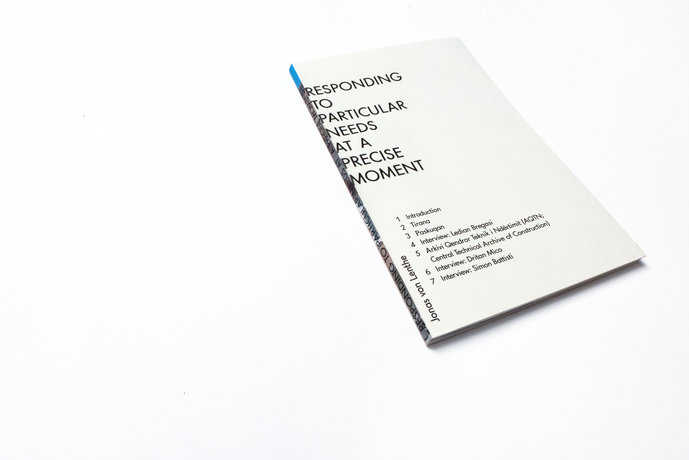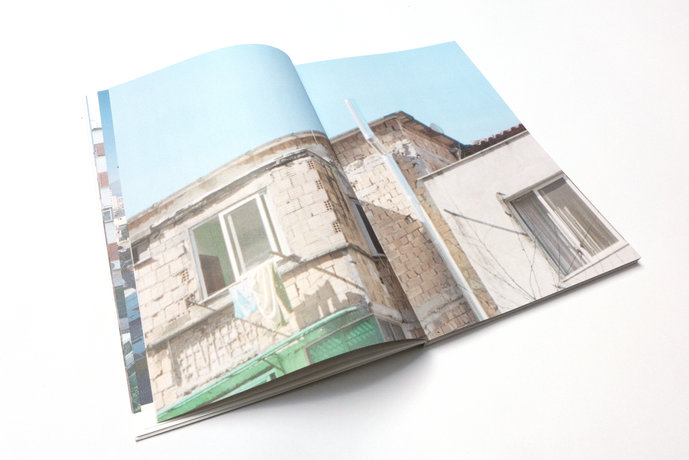

“Responding to Particular Needs at a Precise Moment,” intermediate examination project by Jonas von Lenthe, graphic design by Johannes Hucht (© Jonas von Lenthe, Johannes Hucht, HfG Karlsruhe)


“Responding to Particular Needs at a Precise Moment,” intermediate examination project by Jonas von Lenthe, graphic design by Johannes Hucht (© Jonas von Lenthe, Johannes Hucht, HfG Karlsruhe)


“Responding to Particular Needs at a Precise Moment,” intermediate examination project by Jonas von Lenthe, graphic design by Johannes Hucht (© Jonas von Lenthe, Johannes Hucht, HfG Karlsruhe)


“Responding to Particular Needs at a Precise Moment,” intermediate examination project by Jonas von Lenthe, graphic design by Johannes Hucht (© Jonas von Lenthe, Johannes Hucht, HfG Karlsruhe)
The façades of the housing estates of Tirana tell the stories of the families who live behind them. The buildings were erected during the socialist era in Albania, and after the end of that era they were extended by the inhabitants themselves to match the new conditions and needs.
This also describes the newer development of architectural styles in Albania: large-scale socialist architecture is overwritten by informal micro-architectural styles. Serial, leveling and thus modern planning meets spontaneity and situational context, and what is more: it is serial planning that makes individual appropriation and spontaneous and situative extension possible.
The book Responding to Particular Needs at a Precise Moment contains photographs, archive material and interviews with various architects about the built environment in Tirana in 2015, and using this topic as an example, discusses some basic questions of design: What is the job of designers if design also takes place in their absence? How can the options of appropriation and extension be integrated in drafts? Who designs for whom?